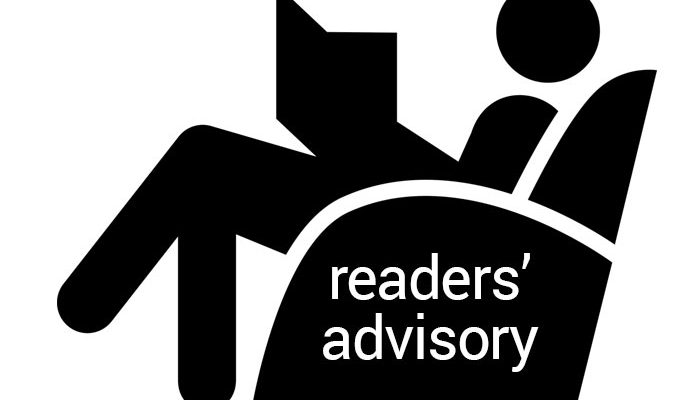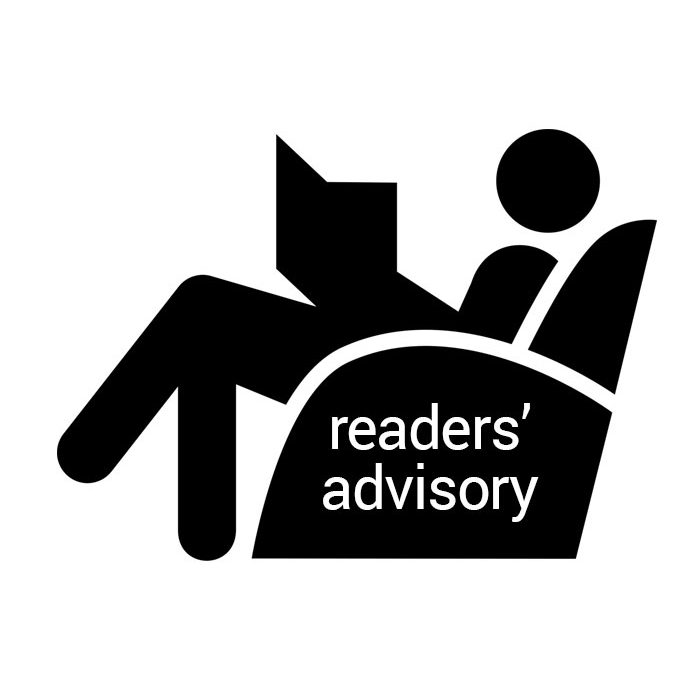It’s a new year and a great time for making reading resolutions. One form this resolution may take is to respond to a Reading Challenge. Taking this type of challenge can not only be fun, but also a great opportunity to change some of our entrenched reading habits.

Interview skills: Avoid the RA nightmare
Has anyone else had this recurring dream? A patron comes up to you and asks for something good to read and your only response is to stare at them with that “deer in the headlights” look and a brain devoid of anything related to books. I think it is safe to say that this situation is a readers advisor’s worst nightmare.
What is the best way to prepare yourself so this nightmare doesn’t come true? Try practicing these readers’ advisory interview skills found in the OPLA Readers’ Advisory Committee’s third core competency: Readers` Advisory Conversation.
1. The approach
Sometimes we are lucky enough that a patron will come directly to us and ask for help, but more often than not they wander aimlessly through the stacks not wanting to bother staff. Try these tactics to ease into “the approach”:
- Create a welcoming atmosphere either through signage, or better yet, a simple greeting when patrons come through the door.
- Make eye contact with patrons and follow their cues.
2. The conversation or interview
“The interview” follows the conversation. First and foremost, never judge a patron for their preferred reading. This is sometimes harder to do than it seems, but I promise you that if you remain impartial you will reap the rewards. The most important thing is to ask open-ended questions, such as “Tell me what you like about a book?” or “Tell me about what you liked in a TV show or a movie?” Your questions do not necessarily have to do with books–the idea is to begin a conversation.

3. Call to action
Next comes offering suggestions. If you have been doing RA for so long that it is like second nature and the suggestions just come to you like thought bubbles, great! However, if you are new to the RA world or, dare I say, a seasoned veteran who might sometimes come up blank, there are tools you can turn to and access quickly like Novelist, Goodreads and even Amazon. If you have some extra time, you can dedicate it to looking at resources and our Collection Knowledge competency has some excellent options to peruse.
Hint: Try not to overwhelm the patron with a long list of books from which they can choose. It is best to keep your list simple and let them look over your suggestions on their own. Let them know that if they have any questions they can come back to you at any time.
4. The closing and follow-up
It is important to make sure that the patron doesn’t feel pressured or obligated to check out the books that you have suggested. If they do end up picking one of the books, it is okay to ask them for their feedback when they are finished. This input will be helpful to you as you hone your skills for the future.
A readers’ advisor must have a thick skin. Not everyone is going to like your suggestions. You are not always going to get a pat on the back for finding a patron’s next best read, but hopefully by following these steps, you will find more of those perfect matches between books and patrons.
Julie Wendland, Readers’ Services Coordinator, Lennox and Addington Public Libraries, is a member of the OPLA Readers’ Advisory Committee.
